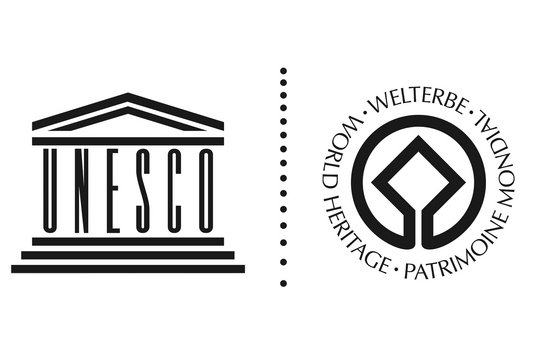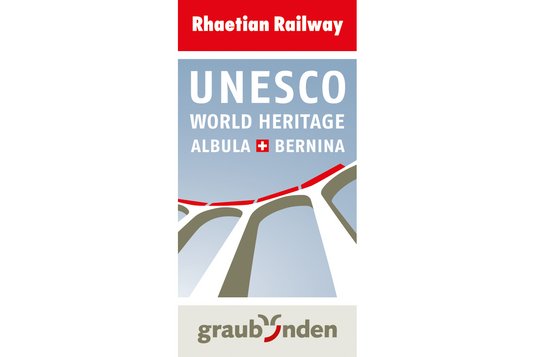Warenkorb
Sie haben keine Produkte im Warenkorb.
The Albula and Bernina railway lines form the core zones of the RhB UNESCO World Heritage site. The Albula line was completed in 1903, the Bernina line in 1910. Both railway lines connect the Upper Engadine to facilitate international tourism and are tourist attractions in their own right.
Renowned professional engineers were called upon for the construction of the Albula line (Thusis - St. Moritz). The track routing and all engineering constructions were built according to standards that represented the most progressive practices of mountain railway construction. The Albula railway was designed as a classic mountain railway for steam locomotives. Its track routing and engineering structures made out of local quarry stone were the highlight of the classical period of railway construction.
The Bernina line (St. Moritz - Tirano) is an innovative adaptation of the electrical overland railway with skilful track laying in an alpine landscape. It quickly became the model for many projects throughout the Alps and a number of constructed cross-country lines. Today the Bernina railway is unique throughout the world: It is the highest transalpine railway link and one of the steepest adhesion railways in the world.
The engineering masterpieces of the Albula and Bernina lines (bridges, station buildings, signal boxes, tunnels including all their portals), together with the special topography, form a complete unit. The choice of the track routing, in particular the Bernina line, was mainly motivated by the desire to include tourist and landscaped attractions. Both railway lines display high quality buildings and the layout and elevated structures have been intentionally designed to reflect the surrounding landscape.
Map section of the entire route
Map section of the Albula line
Map section of the Bernina line
Map section of the Albula line showing engineering masterpieces
Map section of the Bernina line showing engineering masterpieces

